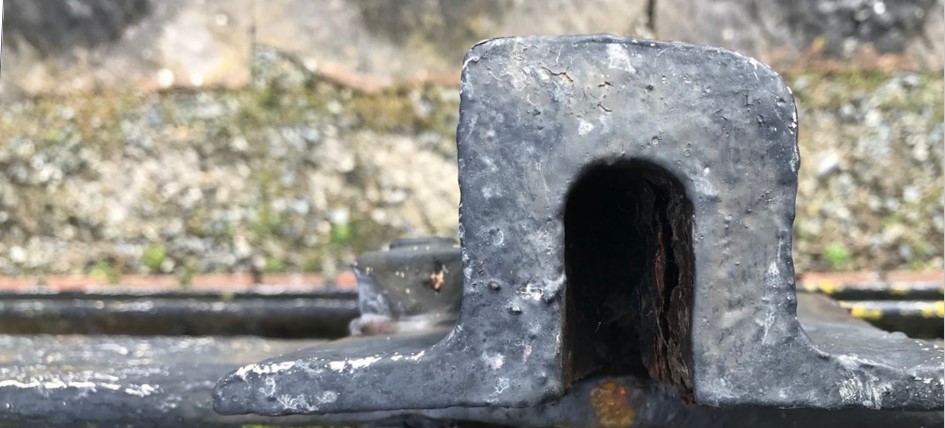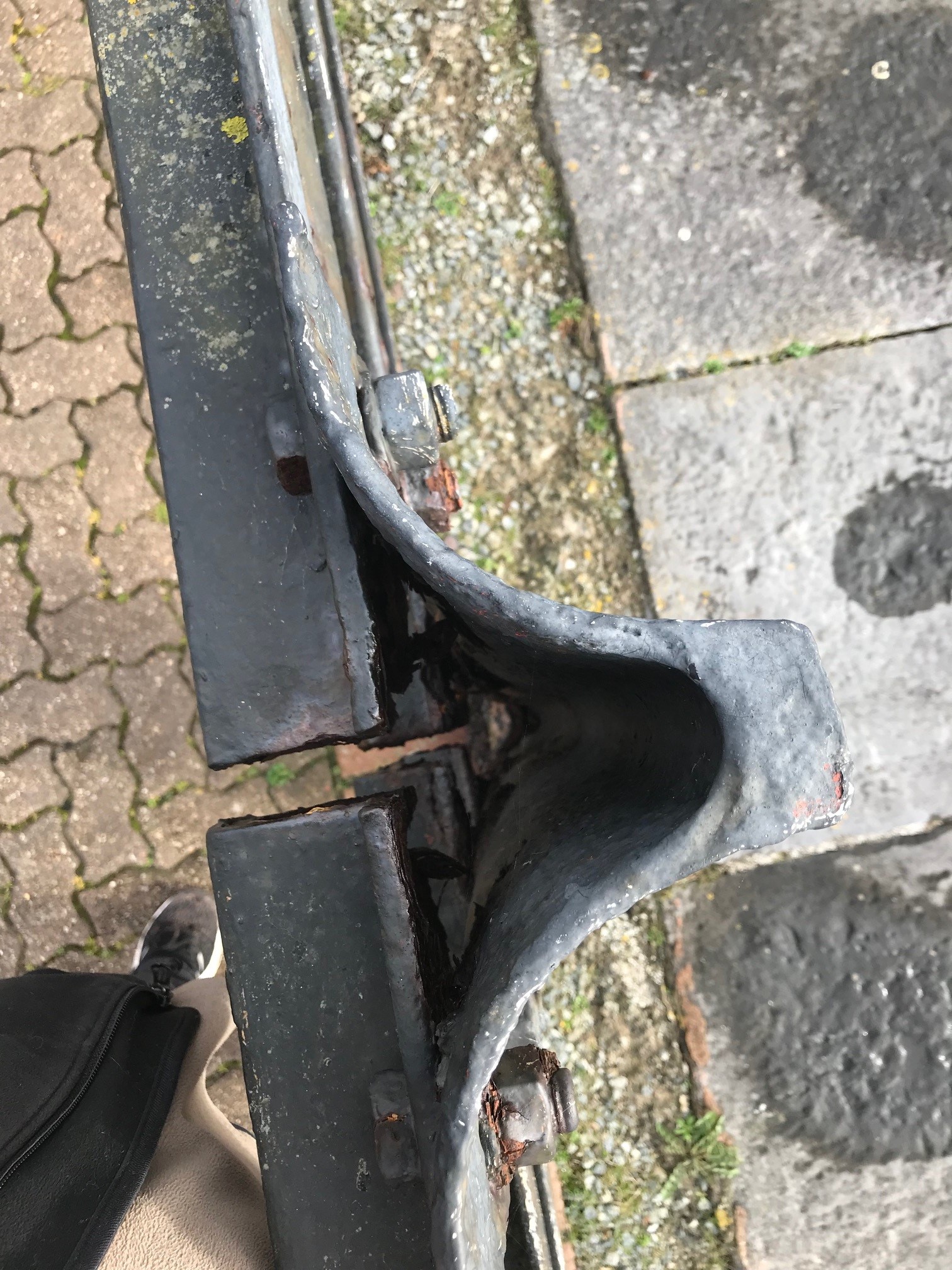The line from Johnston through Rosemarket to Neyland was originally constructed in 1856 by Isambard Kingdom Brunel.
Looking at re-purposed old lines around Rosemarket and Neyland, it is interesting to see that the rail lines were replaced with different types over time. Identifying the rail types shows that the railway was originally broad gauge (7ft 1/4 in between rails), before switching eventually to standard gauge (4ft 8 1/2 in between rails). Around the time of the railway construction through Rosemarket there were differing opinions about which gauge was best, with Brunel favouring broad gauge (7ft 1/4in). However by 1892, these were changed to standard gauge.
Unfortunately changing over from broad gauge to standard gauge meant the decommissioning of the existing broad gauge trains and carriages as they were too wide for the new railway gauge.
Cross-sections of the different rails found around the railway route follow.
The first rails used are likely to have been the following which are type 1848 50LB.

These were then replaced a number of times including by Barlow rails type 1853 93LB.

Finally, standard gauge with modern type rails still remain in place at Neyland.

Rail Line being used as fencing at Rosemarket middle crossing:

Old Lines as fencing at Neyland

More information on rail types and their history can be found at the Broad Gauge Society: Broad Gauge - Track